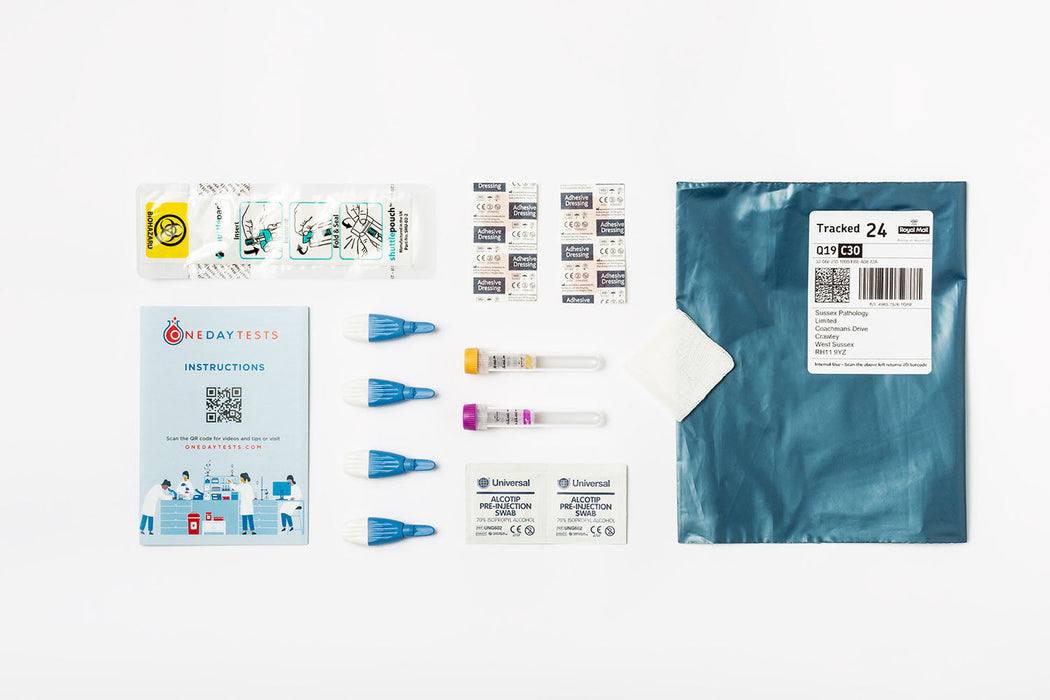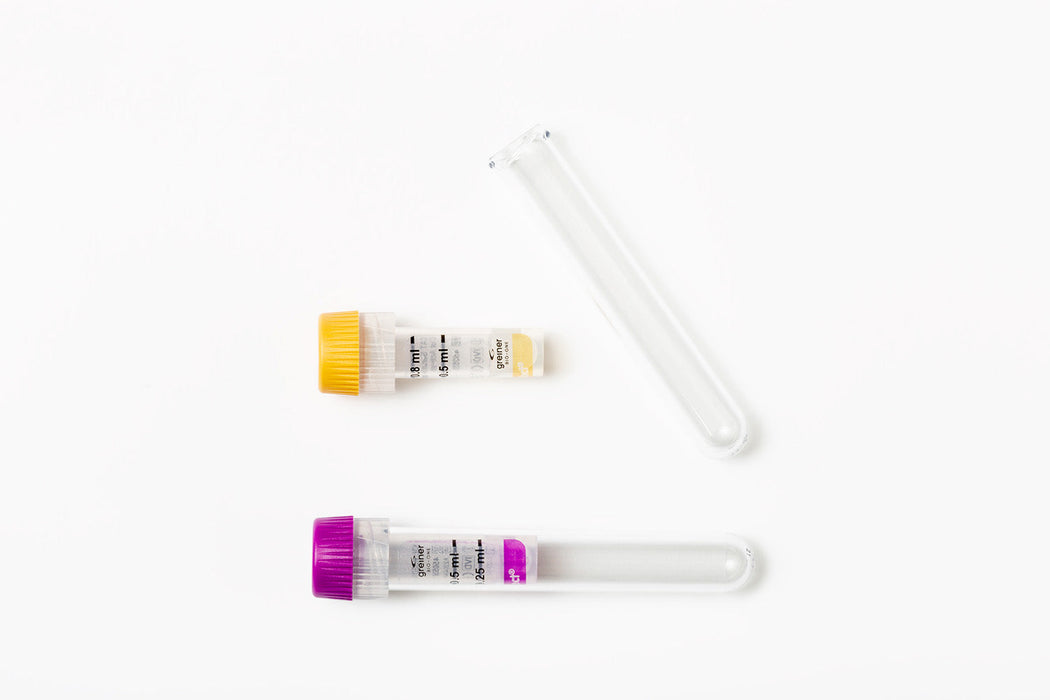What is it?
Lymphocytes (LYM # and LYM %) are a form of white blood cell and make up part of the immune system. They help fight viral infections as well as helping the body to destroy infected cells or tumour cells. They also form part of the immune system's memory, ensuring that you are better able to respond to the same infection in the future. There are two values provided, the numerical count (LYM #) and their percentage of cells (LYM %).
Interpretation
Lymphocytes are one of the most abundant types of white blood cells. They are involved in the response against viral and bacterial infections. Lymphocytes are also important as part of the immune system's "memory" which enables the immune system to respond more effectively to an infection if it encounters it again in the future. Raised lymphocytes may suggest a viral infection but are also raised in smoking and some other forms of inflammation. Persistently raised lymphocytes may suggest an underlying blood disorder including some forms of leukaemia.
Lymphocytes are actually sometimes low as a result of infections, but also in some autoimmune conditions and blood disorders.
Reference ranges
If your lymphocyte count is lower than the reference range for our laboratory:
This is fairly common as it can result from simple viral infections such as the influenza virus. Less commonly it is due to more severe infections such as HIV, tuberculosis or hepatitis, or due to blood diseases such as Hodgkin′s lymphoma. We would suggest speaking to your GP to discuss the need for further investigation.
If your lymphocyte count is higher than the reference range for our laboratory:
Most commonly this is a sign that your body is fighting off a simple infection or illness. More serious causes of a high lymphocyte count include serious infections such as HIV or Tuberculosis, and occasionally it is a sign of a cancer such as lymphoma or leukaemia. We would suggest speaking to your GP to discuss the need for further investigation.




















